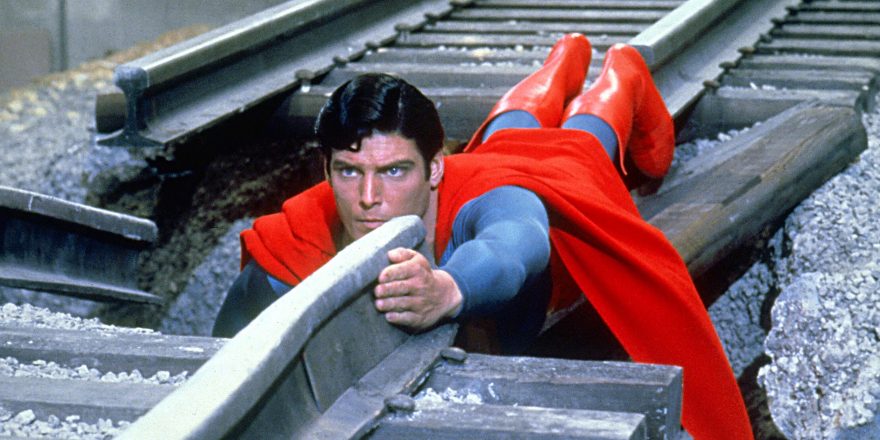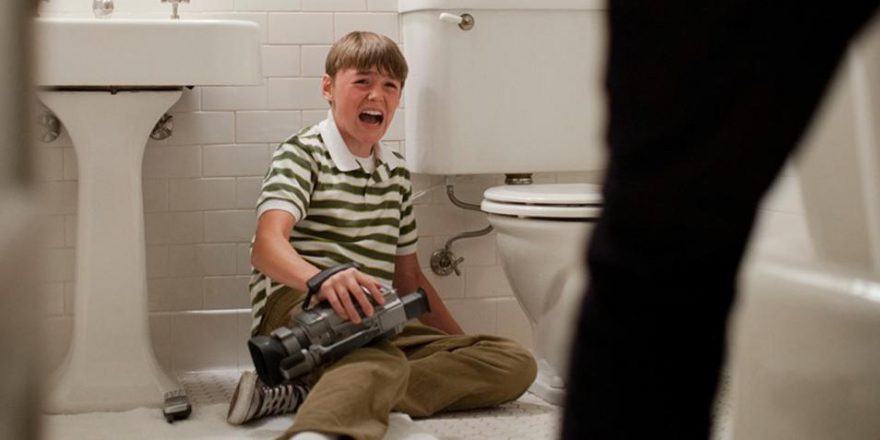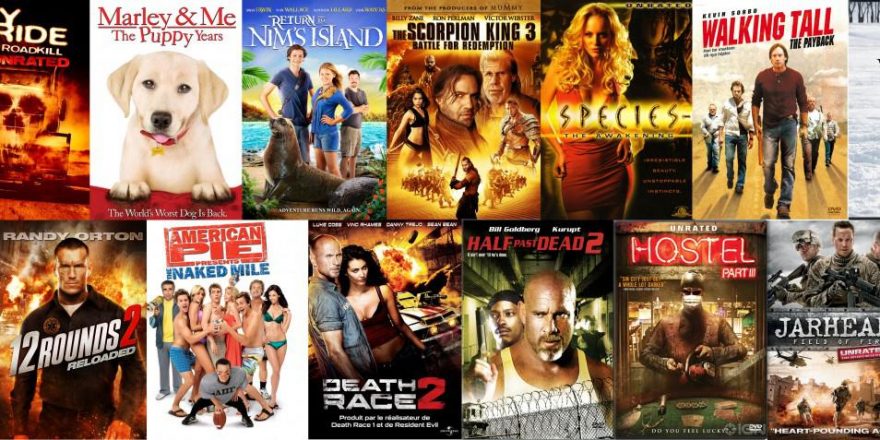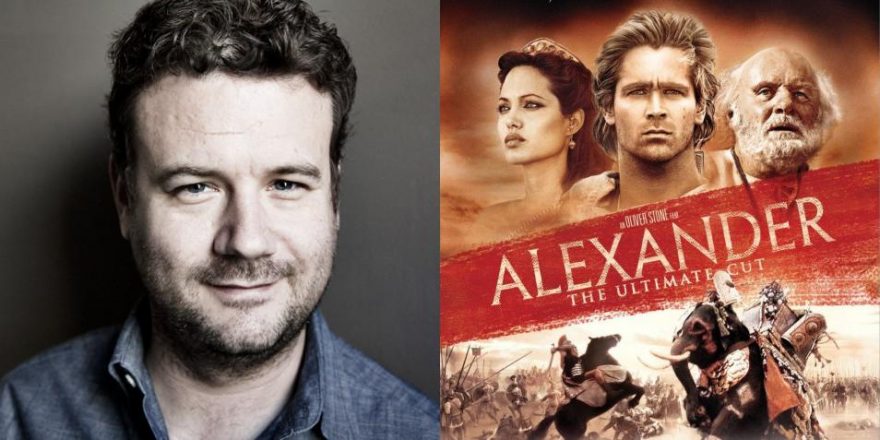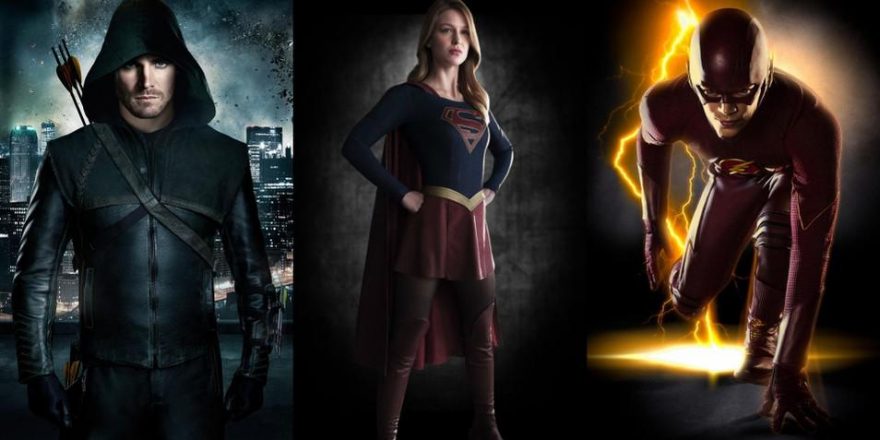When I was a movie-infatuated kid in the late 1970s and early ’80s, for all practical purposes I had two ways to discover new films: in the theatre and on network television. (Our family did have a Betamax machine early on, but the options for movies on tape in my Midwestern suburb were pretty limited.) Back in those pre-DVD, pre-streaming days, the premieres of big movies on TV were big events and were marketed as such – I still remember the first airing of John Carpenter’s Halloween on NBC’s “Friday Night at the Movies” being promoted as though it was an occasion roughly comparable in historical significance to the first moon landing. I also remember sitting with my hand hovering over the pause button on the aforementioned Beta machine, diligently cutting out the commercials as I made my own copy of the TV cut of Halloween to watch over and over again.
That version of Halloween, in which the adult content was censored and the panned-and-scanned transfer wreaked havoc on Carpenter’s meticulously crafted compositions, was the first one I saw and the one I got used to after watching it at least 30 times. I was a little surprised, therefore, when I finally saw Carpenter’s theatrical cut – not because of what was there that I hadn’t seen (the nudity and fairly mild violence), but because of what was missing. It turns out that when Halloween aired on television it was a little too short to fit its time slot after the censorable material was excised, so Carpenter, who was producing Halloween II at the time, shot a few new scenes to fill in the gap. Some of this stuff was just filler, but there was one genuinely creepy scene in which we saw the young Michael Myers in a mental institution. Good stuff, and when I saw the version without it I felt a void comparable to what I’m sure fans of the theatrical cut experienced watching NBC’s family-friendly version of Carpenter’s R-rated masterpiece.
The Halloween experience made me obsessed with the differences between TV edits of Hollywood movies and their original theatrical versions. I’m not talking about the standard cuts for language, sex, and violence – though I do have a soft spot for the television edition of De Palma’s Scarface in which Tony Montana is taunted about eating “pineapple” – but cases where movies were more significantly transformed in some way. For instance, I recall that when Scorsese had to re-edit Raging Bull to make it more appropriate for general audiences, he ended up giving his dad, who was basically a glorified extra in the film, a bigger part! A more substantial reworking of a great American film came when Francis Coppola presented the first two Godfather pictures as a “novel for television,” not only reordering the scenes so that a significant portion of The Godfather: Part II (all the material with Robert De Niro as a young Vito Corleone) was presented before the original film, but adding a ton of deleted scenes that greatly deepened and enriched the viewing experience – aside from the compromises forced upon the director by network standards and practices. (Decades later, Coppola finally presented this extended cut with the profanity and brutality restored via HBO’s on demand platforms – a historic event that should have been celebrated with greater fanfare.)
Perhaps the most significant television alteration of a major studio film during the period when I was consuming a large number of my movies via the idiot box was the ABC “Sunday Night at the Movies” presentation of Richard Donner’s Superman: The Movie in 1982. ABC spread the movie out over two nights and restored over half an hour of material that had been cut from the 1978 theatrical release; that version ran just under two-and-a-half hours, but the ABC cut clocked in at more than three hours without commercials. As with Halloween, I dutifully monitored the airing at the side of my Betamax to record a copy for posterity, a task made trickier by the fact that it required two tapes to capture the majesty of the three-hour-plus opus. This extended cut of Superman was an interesting companion piece to Donner’s propulsive theatrical version in that there weren’t many truly drastic differences – mostly just lengthening of sequences that were already there and minor additions of a minute here, thirty seconds there – yet the movie felt completely different. In short, it felt like something that belonged on TV, because by drawing Donner’s original rhythms out the ABC version more closely resembled the pace of a network series in which digressions and pauses are not exceptions but rules, necessities both in terms of sustaining a long-form story and in terms of making an impression on an audience that might be doing other things while the show is on – talking on the phone, making out, watching kids, cooking, etc. At the time, the extended cut of Superman didn’t seem better or worse than Donner’s original, just different – a leisurely, comforting warm bath compared to the brisk athletic swim of the theatrical release.
As with Halloween, I got used to the TV version of Superman over the years, watching it over and over again until the tape literally snapped in the machine somewhere around 1984. That was it – for the next 33 years the extended edition existed only in my recollection and in bootlegged copies too degraded to look at. Like many cinephiles of my age, I romanticized the three-hour Superman and looked back on it with aching nostalgia, a nostalgia made all the more exquisite by the pain of knowing I’d likely never experience Superman that way again. And then lo and behold, the good folks at Warner Archive (a specialty label at Warner Bros. that is truly doing the Lord’s work – their indispensable restorations are too numerous to list here) put the 188-minute TV version out on Blu-ray this month, fully restored in its original widescreen aspect ratio and high definition. And the result is something glorious, an experience that both meets the expectations set up by decades of idealized memory and provides a totally new and rewarding viewing experience. Because the movie looks and sounds so great, and is in Donner’s 2.35:1 aspect ratio, it doesn’t really resemble the experience we had in 1982 even though it’s the same cut. And because it’s that 188-minute version, it doesn’t really resemble the theatrical release either – or Donner’s 151-minute “special edition” that’s been floating around on home video for years and is included on the new Blu-ray alongside the extended edition.
So what is this new Superman? Basically, it’s a delightful hybrid film, a big-budget Hollywood tentpole movie made funkier and more distinctive by the odd pace imposed upon it by another medium. The action set pieces are as rousing as ever – more rousing, in fact, since they’re longer and bigger and better here. Yet in between them are character scenes and detours from the story’s main thoroughfare that no studio comic-book movie engineered for maximum appeal would allow; some of the additional off-kilter banter among the characters played by Christopher Reeve, Margot Kidder, Gene Hackman, Ned Beatty, and Valerie Perrine feels more like something out of a Hal Ashby or Robert Altman movie than a film designed to launch a franchise. (Altman’s films, of course, are themselves highly influenced by television’s serialized ensemble structures, whether or not Altman – himself a refugee from episodic TV directing – would have cared to admit it.)
As a result, Superman now feels like a curious transitional film, a bridge between the personal, idiosyncratic auteur films of the 1970s (an era kicked off in part by Bonnie and Clyde, whose screenwriters are two of the credited scribes on Superman) and the escapist comic-book epics that dominate cinema screens today. Obviously this is a bit of revisionist history, since the 188-minute cut of Superman is not something that was ever intended to exist by its makers at the time of production, and was seldom widely seen until now. But I kind of love the idea of a universe in which Superman is a summing up of the American cinema in the 10 years before its creation and the 40 years after; and now, 35 years after the initial airing of the extended version and 39 years after the theatrical premiere, I have to say that the movie holds up better than ever. It blows away virtually all of the contemporary Marvel and DC movies that have stolen from it – it’s wittier, scarier, sexier and both more expansive and more intimate. In spite of the fact that it was a massive mainstream enterprise, there was really never anything like it before. And in spite of the fact that every month now seems to bring us a new superhero movie, there’s never been anything like it since.



